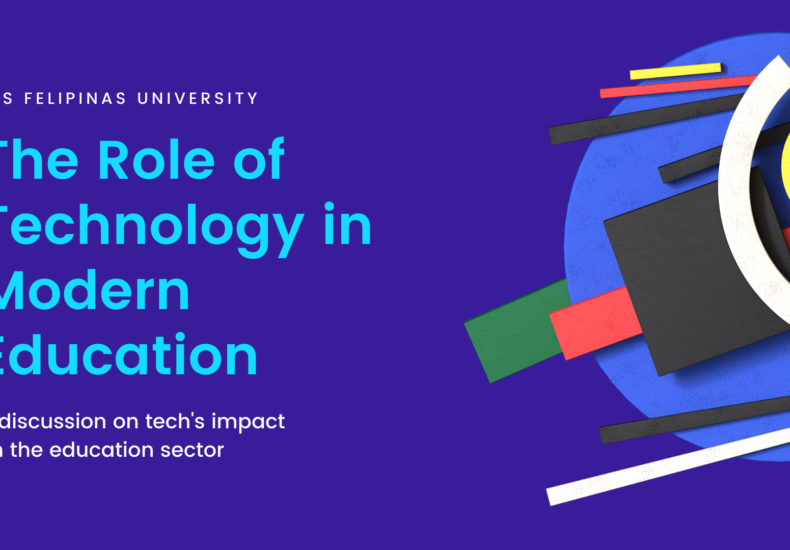
The Role of Technology in Modern Education
Introduction
Technology has transformed the education sector, revolutionizing how students learn and teachers instruct. With digital tools, online resources, and interactive learning environments, education has become more engaging, efficient, and accessible. This article explores the role of technology in modern education and its impact on students and teachers.
1. Enhancing Learning Experiences
Technology enables interactive and multimedia-based learning experiences, making education more engaging. Videos, simulations, and virtual labs allow students to grasp complex concepts more effectively.
2. Personalized Learning
Adaptive learning platforms use artificial intelligence to customize educational content for students. These tools help learners progress at their own pace, catering to individual strengths and weaknesses.
3. Expanding Access to Education
Online courses and e-learning platforms have broken geographical barriers, allowing students worldwide to access quality education. Remote learning options have made education more inclusive and flexible.
4. Improving Collaboration and Communication
Technology facilitates better communication between students, teachers, and parents. Online forums, discussion boards, and video conferencing tools promote collaboration and information sharing.
5. Developing Digital Literacy Skills
Incorporating technology in education helps students develop essential digital skills. These skills are critical in the modern workforce and prepare students for future technological advancements.
6. Enhancing Teacher Efficiency
Educators benefit from technology through automated grading systems, lesson planning tools, and digital resources. These innovations reduce administrative tasks, allowing teachers to focus on student learning.
7. Enabling Real-World Application of Knowledge
Technological tools such as coding platforms, virtual reality, and robotics allow students to apply theoretical knowledge to real-world scenarios, enhancing problem-solving and critical thinking skills.
8. Bridging Learning Gaps
Assistive technologies support students with disabilities, making education more accessible. Screen readers, speech-to-text software, and other digital tools ensure inclusive learning experiences.
9. Encouraging Lifelong Learning
The internet provides unlimited learning opportunities, enabling students and professionals to continue education throughout their lives. Online certifications, webinars, and educational apps support ongoing learning.
10. Addressing Challenges and Considerations
While technology offers many benefits, challenges such as digital divide, screen time concerns, and cybersecurity risks must be addressed. Ensuring equitable access to technology is essential for maximizing its impact.
Conclusion
Technology has reshaped education by improving engagement, accessibility, and efficiency. By leveraging digital tools and online resources, students and educators can enhance learning experiences and prepare for a future driven by technological advancements.
You may also like
You may be interested
10 Study Hacks to Improve Memory and Retention
Introduction Studying effectively is a skill that can be developed...
The Importance of Critical Thinking in Modern Education
Introduction In today's fast-paced and information-driven world, critical thinking has...
STEM vs. STEAM: Understanding the Difference and Benefits
Introduction Education in science, technology, engineering, and mathematics (STEM) has...
Archives
Calendar
| M | T | W | T | F | S | S |
|---|---|---|---|---|---|---|
| 1 | 2 | 3 | 4 | 5 | 6 | |
| 7 | 8 | 9 | 10 | 11 | 12 | 13 |
| 14 | 15 | 16 | 17 | 18 | 19 | 20 |
| 21 | 22 | 23 | 24 | 25 | 26 | 27 |
| 28 | 29 | 30 | ||||
Leave a Reply